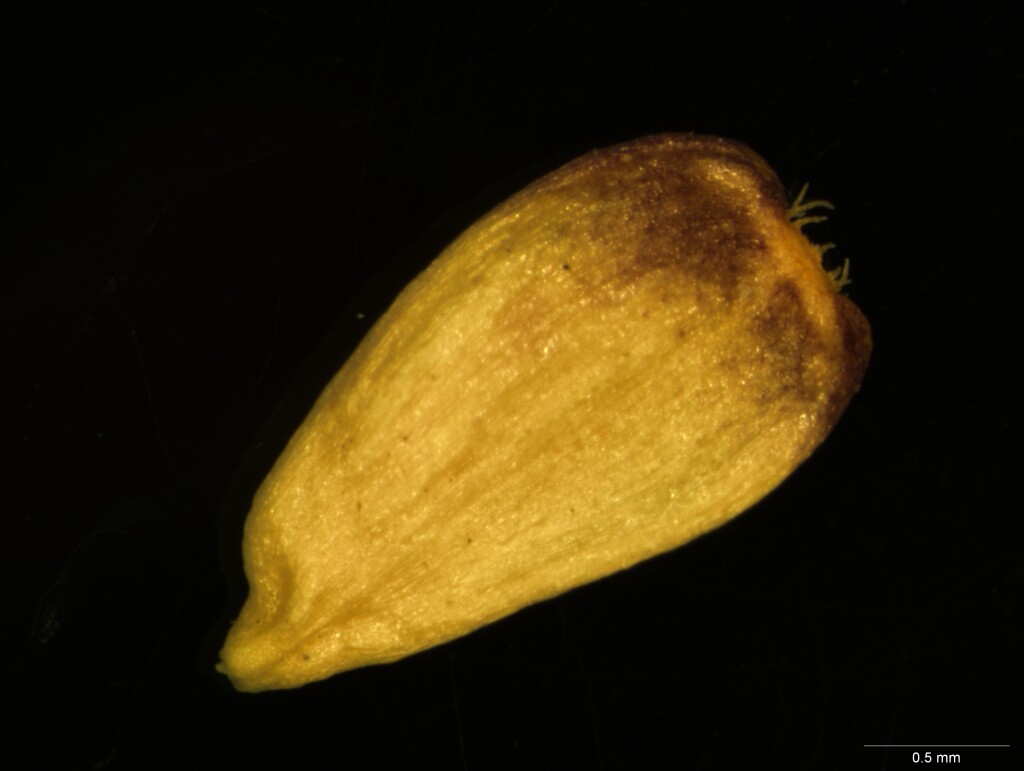Brachyscome obovata
Proc. Linn. Soc. New South Wales 74: 146, figs 4, 5 (1949)
Taxonomic status
Accepted
Occurrence status
Present
Origin
Native
Degree of establishment
Native
Threat status
FFG:
Endangered (EN)


